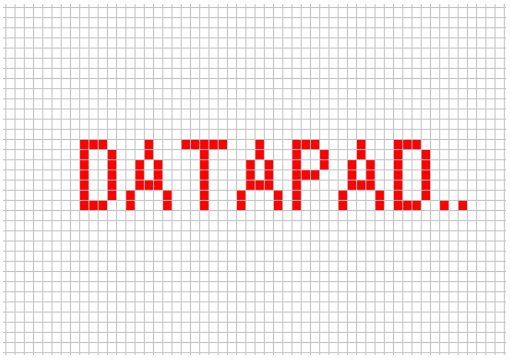Oracle Advanced SQL Overview
Oracle Database is relational database management system and commonly used for running online transaction processing (OLTP), data warehousing (DW) and mixed (OLTP & DW) database workloads. Oracle Database is available by serveral service providers on-prem, on-cloud, or as hybrid cloud installation. It may be run on third party servers as well as on Oracle hardware.
Mastering advanced topics of the SQL language is an essential skill for any Oracle professional and is the first step in becoming a true Oracle expert. Oracle has its own take on the SQL language that builds on top of industry standards.
In this course, you will learn key topics including database concurrency and transactions, Oracle specific schema objects such as indexes and PL/SQL procedures, functions, and packages and table partitioning.
Note: This training course is appropriate for database developers with some experience with basic SQL.
Topics include:
Setting up the Oracle Database environment
Creating table indexes to boost query performance
Database transactions
Table partitioning benefits
Writing subqueries and inline views
Using the Oracle Data Dictionary
Creating sequences and triggers
Using LIST, RANGE, and HASH partitions
Introduction
Oracle cloud Autonomous Database
Create a database connection using Oracle SQL Developer
Introduction to subqueries
Using single value subqueries
Using multiple value subqueries
Using corelated subqueries
Using Multi column subqueries
Using Inline views
Introduction to Indexes
Creating Indexes
Index Maintenance
Introduction to Oracle Data Dictionary
Using the DICT view
Querying data dictionary views
Overview of database transactions
Database transactions in action
Transaction locks
Introduction to sequences
Creating sequences
Using Identity columns
Introduction to table triggers
Creating triggers
Introduction to PL/SQL procedure
Introduction to PL/SQL functions
Introductions to PL/SQL packages
Creating PL/SQL procedures and functions
Creating synonyms
Creating simple views
Creating complex views
Introduction to partitioning
Table partitioning benefits
Table partitioning types
Using LIST partitions
Splitting LIST partitions
Using RANGE partitions
Using HASH partitions
Conclusion
